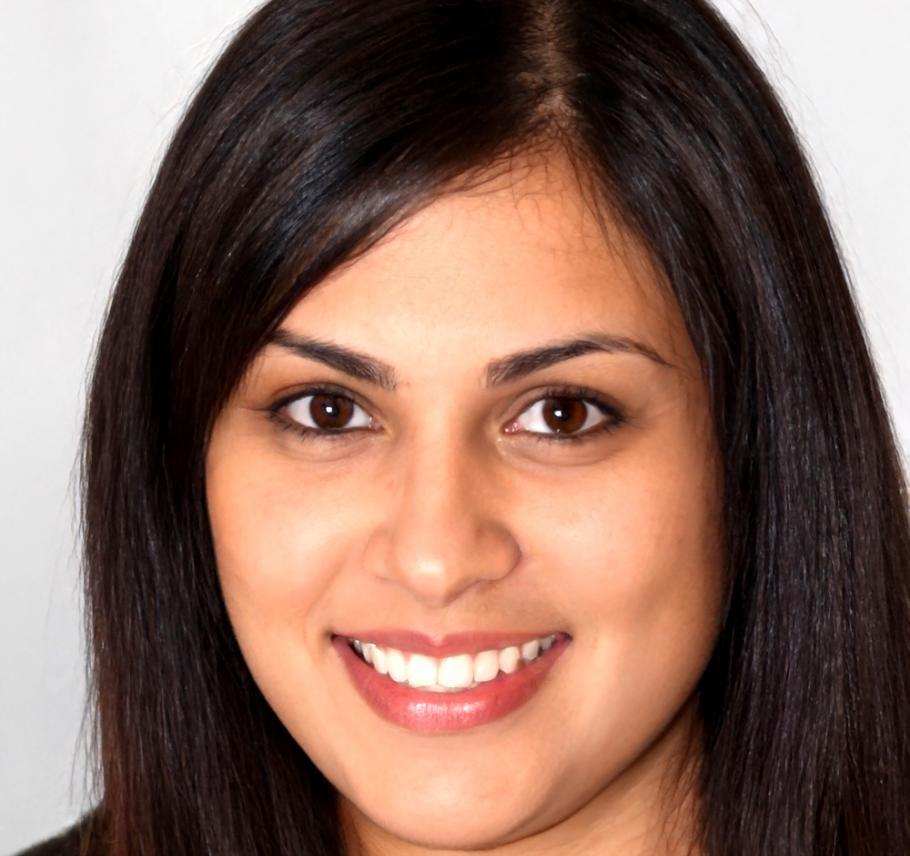How We Actually Teach Financial Analysis
Most people ask the same questions when they're trying to figure out if our approach works for them. We've organized our methodology around those real questions—what you need before you start, what happens during the program, and where you go afterward.
Find Your Starting Point
Your background shapes what you need. Pick the path that sounds most like you, and we'll show you what makes sense for your situation.
Complete Beginners
Never looked at a balance sheet? That's actually fine. We start with the basics—what the numbers mean and why they matter.
- Do I need accounting experience? (You don't)
- What if numbers intimidate me?
- How long until I understand reports?
- Can I learn this part-time?
Career Changers
You've got work experience but from different fields. We help you connect what you know to financial analysis.
- Will my background help or hurt?
- How do I explain the career shift?
- What's the realistic timeline?
- Do employers accept career switchers?
Finance Adjacent Roles
You work near finance—maybe operations, sales, or project management. You want to deepen your analytical skills.
- How do I level up my current role?
- What gaps do I actually have?
- Can I apply this while working?
- Will this help with promotions?
Small Business Owners
You're running a business and need to understand your own financials better. Different focus, same core skills.
- What do my statements really say?
- How do I spot problems early?
- What should I track weekly?
- When should I hire help?
What Happens at Each Stage
Before You Enroll
Most people spend two to three weeks deciding if this is right. We get that—it's not a small commitment.
- What's included in the fee?
- Can I try a sample lesson?
- What's the refund policy?
- Do you offer payment plans?
First Month
This is where you learn the vocabulary and start recognizing patterns. It feels like drinking from a firehose at first.
- How much time does homework take?
- What if I fall behind?
- Can I contact instructors directly?
- When do I get feedback?
Mid-Program
Around month three or four, things start clicking. You're not just following steps—you're actually analyzing.
- How do I apply this to real companies?
- What industries should I focus on?
- Can I build my own projects?
- How detailed should my work be?
After Completion
You've finished the program. Now you're figuring out how to use what you learned in the real world.
- How do I showcase my skills?
- Can I access materials after?
- Do you help with job searches?
- What's the alumni network like?
Our Framework Explained
We built this around how analysts actually work, not around theory. Each component connects to something you'll do in practice.
Read Before Calculate
You learn to understand what the numbers represent before you start running formulas. Context matters more than math.
Compare Everything
Single numbers don't tell you much. We teach you to compare across time, against competitors, and within industries.
Question Assumptions
Every financial statement makes choices about what to show and how. You need to spot those choices and understand their impact.

Who You'll Learn From

Rhys Patterson
Core Methods Instructor
Rhys spent twelve years analyzing retail companies before teaching. He's good at explaining why certain metrics matter more than others depending on the business model.

Sienna Kowalski
Industry Application Lead
Sienna teaches the industry-specific modules. She worked in manufacturing finance and knows how different sectors require different analytical approaches.

Margot Fischer
Skills Development Mentor
Margot runs the practical workshops where you work on real company reports. She's particularly helpful when you're stuck on how to structure your analysis.
Timing Your Enrollment
Our next cohort starts in September 2025. That gives you time to finish current commitments and prepare properly.
Use the next few months to read basic finance material and familiarize yourself with company reports. You'll get more from the program if you've already seen the format of financial statements, even if you don't understand them yet.
Managing Your Schedule
Most students spend ten to twelve hours weekly on coursework. That includes watching lessons, doing assignments, and joining live sessions.
Plan to block out two weeknight evenings and a few weekend hours. The schedule is structured but not rigid. You can watch recordings if you miss a live session, though participating in real-time helps with understanding.
After You Graduate
Completion doesn't guarantee a job—that's not realistic. But you'll have demonstrable skills and a portfolio of work that shows what you can do.
Career outcomes depend heavily on your background, location, and effort. We provide skill development and some networking opportunities. The job search itself is on you, though we'll help you understand what employers look for.
Ongoing Learning Support
Financial analysis keeps evolving. New regulations, new technologies, new business models—you need to keep learning after the program ends.
Alumni access to updated materials, quarterly workshops on emerging topics, and a community forum where people share what they're working on. Not formal courses, just ongoing connection to current practice.